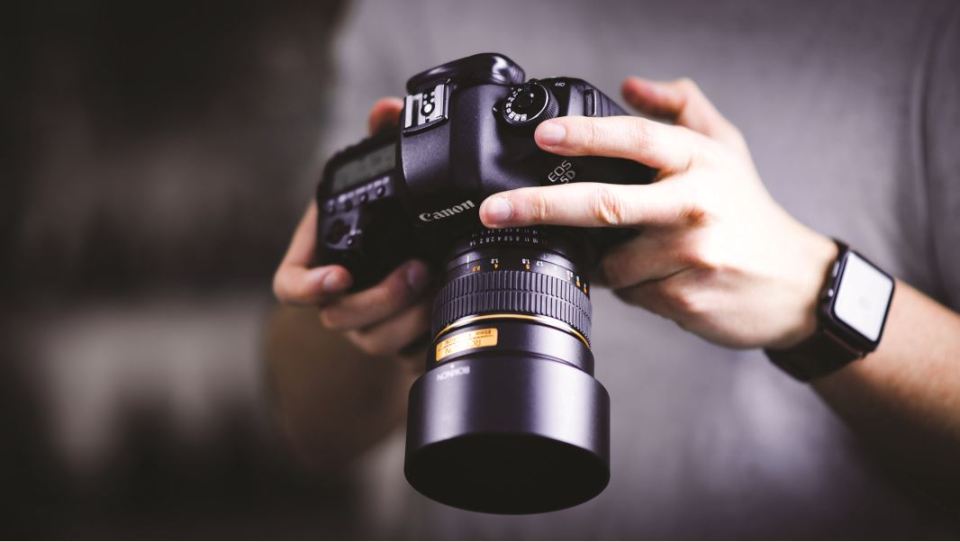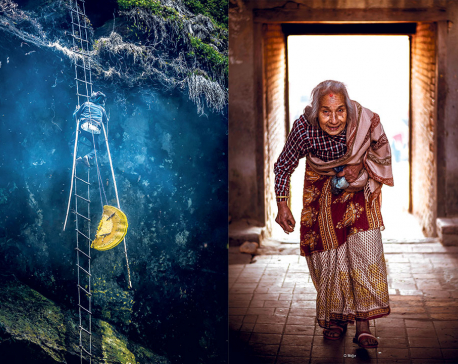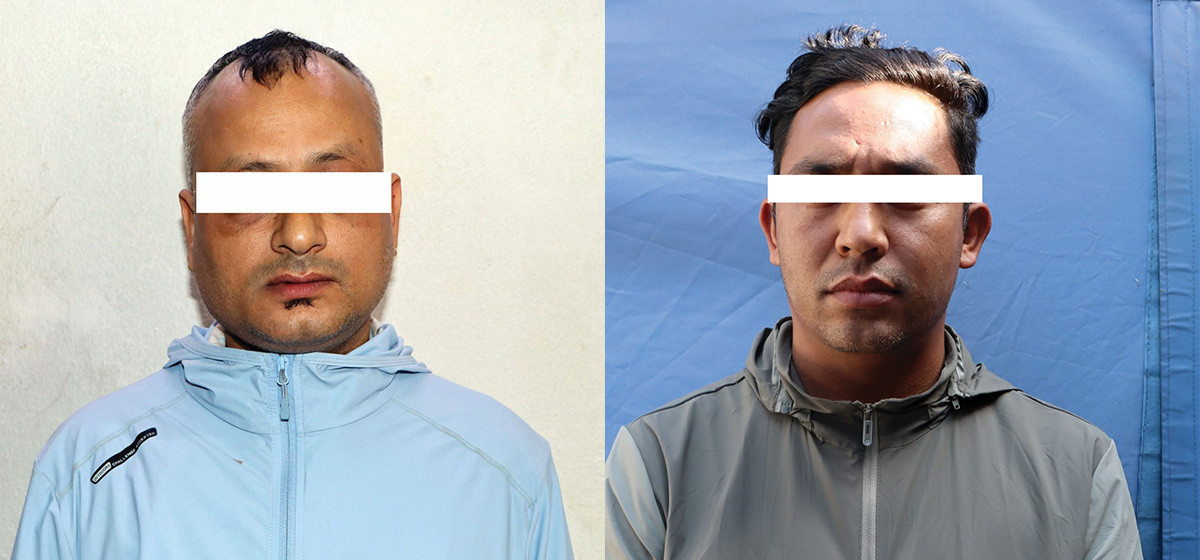
OR

You simply can’t deny that there is a subtle charm in black and white photography. Contemporary photographers often choose to go monochromatic to make their images more dramatic or emotive. Monochromatic photos also help you appreciate the content and the subject of the photo without getting distracted by the colors. Here are eight ways you can improve your monochromatic photography skills in order to take intense and gripping black and white photos.
Shoot in RAW
One of the best ways that photographers can capture high quality images, whether colored or monochrome, is to shoot RAW files. Shooting in RAW retains and preserves the image’s full-color information, which is otherwise compressed when you shoot in JPEG. Having more pixels gives you added flexibility and ease when it’s finally time for you to edit and process your shots into monochrome. Alternatively, you can shoot in both RAW and JPEG, if you also want to keep a JPEG version of each of your shots.
Look for contrasts
Since the best monochrome images are all about tonal contrast, you need to train yourself to look for contrasting tones around you when looking for appropriate scenes or subjects before actually aiming your camera to take the shot. It may be challenging to try to “see” how a colored scene will look in black and white, but it helps to pay attention to the highlights (near whites) and lowlights (near blacks), as well as lines and shapes, to evaluate a potential subject for your frame. Contrast helps structure one’s image, especially if the photo is monochromatic.
Watch out for lines, shapes, textures, and patterns
Some of the best subjects for monochrome shots are those with lines and shapes, as well as interesting textures and patterns. After all, these are what viewers will take notice of when colors are taken out of an image. So, if you have an image that is full of textures but bombarded with erratic colors, your best bet is to go monochromatic. Take advantage of lines and shapes to grab the attention of your viewers and lead their eyes across an image. Patterns are also considered great subjects for black and white photos as they are capable of holding your viewer’s attention (they take more time to observe). Similarly, the highlights and shadows in textures—which look the best when it’s exposed from an angle by a light source—reveal fine details that make it a more compelling subject for monochrome images.
Prioritize subject placement
It’s important to prioritize your subject in a monochromatic picture as there aren’t any colors to guide the viewers towards the main focus of the image. Don’t worry, you don’t always need multiple image elements to grab your viewers’ attention. You can use the “Rule of Thirds” to guide you in placing one or two of your subjects within the frame. To apply this widely-used composition technique, simply visualize a grid that’s divided by two vertical and two horizontal lines (or use the one on your camera) and place your subject or horizon along the lines or intersections to ensure optimum focus and improved overall image interest.
Capture landscapes
Shooting landscapes is a great way to show tonal contrast and dynamic range in your monochrome images. Click an image where your foreground subject (the road, trees, etc.) act as the darkest element in your frame and the rest become brighter as their distance from the camera increases (the sky, clouds, and mountains far away). This way you get a good display of blacks, whites, and grays in a single image. Landscapes are a great way to improve your monochrome photography skills as they give you a wide range of contrasts to play with. And also, they tend to look beautiful no matter how you perform.
Review your shots
Ever taken a shot and moved on thinking it looked good only to find out the focus is slightly off or that the contrast is too light? This can happen easily in monochromatic photos as they rely heavily on contrast and sharpness to look good. Therefore, take the time to review your shots in monochrome (in your camera, if possible) before moving on to your next subject. All it takes is a few seconds to preview a shot and make necessary adjustments with your framing or camera settings to retake or give up the shot altogether, especially when you realize that a particular scene or subject lacks the contrast or texture to make a visually interesting monochrome image.
Pay attention to detail
In the case of black and white photos, the more attention you pay to details the better. As each and every object tends to have a different texture and shape as well as differ in how they reflect light, they will look distinct in a photograph but only if the photographer decides to pay attention to them. Although—in monochromatic photos—it might appear as though the exposure of the photograph is relatively even, closer examination will reveal the tiniest bit of variance from one element to another. Amplifying this difference in tone is like adding more character to your photograph.
Minimize noise
Image noise is random variation of brightness or color information in images. Excessive noise can effectively ruin your monochromatic image as they are heavily dependent on the brightness of the given scene. You can avoid this by choosing the appropriate manual camera settings that will allow you to use the lowest possible ISO sensitivity level. You can also use a good editing software that specializes in reducing and removing image noise but be careful as that won’t guarantee you the same image quality.
You May Like This

Click by click
Mia Tuladhar feels that photography has made her more adventurous and bettered her communication skills. She mentions that she started... Read More...

In the wilderness
Bijayabar Pradhan grew up in Thamel. And that meant he was more outdoors than indoors. Add to that the innate... Read More...






Just In
- Protection is necessary for children who are at risk of crime: Indian Chief Justice Chandrachud
- Urgent action needed as delayed rain threatens Nepal's Terai
- PM Dahal hints at unveiling large budget size for next FY, breaching the ceiling fixed by NPC
- Rigging claims
- Police arrest individuals for defrauding Rs 30 million from 219 individuals misusing discovered citizenship
- FNJ demands full press freedom, announces election on June 8
- Price of gold and silver experiences fluctuations throughout this week given instability of conflict in Middle East region
- 73 succumb to tobacco consumption every day











Leave A Comment